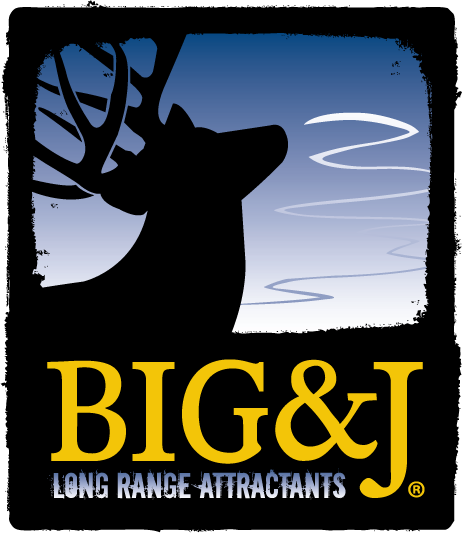By Heath Wood
It is for three main reasons why many hunters who establish a supplemental feeding program on their hunting properties. To grow bigger bucks, have a healthy deer herd, and improve their hunting each fall.

To ensure deer, specifically, bucks are getting a boost in protein and minerals they need, it is vital to ensure they are eating most of the feed and no other animals or varmints are cutting into their food supply. To get the maximum results from feeding, deer must consume a significant amount for an extended period. In most cases, it takes feeding throughout the entire year. Most animals love the taste of protein-based feeds and minerals that typically contain salt. Extra efforts are needed to keep varmints away and to guarantee that deer are getting the feed and not all those pesky varmints.
Hog Proof Your Feeder
One of the biggest nuisances when trying to feed deer is wild hogs. When a group of wild hogs smells the aroma of feed, they can quickly vacuum up all the goods from the ground in a short time. Plus, a group of wild hogs who are often under the feeder can quickly detour deer from coming in at all.
When hogs are in an area where deer are being fed, many choose to build a small fence structure around the feeder or feeding site. Constructing a three to four-foot-high wire fence circle will often keep hogs from accessing the feed, yet deer can still jump over and feed. The structure should be approximately forty feet across, with the feeder in the center. To keep the fence strong, use T-post every five to six feet.
To eliminate hogs, some have used catch pens or traps to eradicate them from the area permanently. In some states, assistance from the local conservation agent is available to help with hog control.
Keep The Raccoons Away

A raccoon is one of the best thieves when stealing food away from deer. If food is easily accessible, groups of three to five raccoons will often camp out for two to three hours at a feeder. There is nothing more aggravating than checking game cameras, only to have picture after picture of raccoons.
Many tactics have been implemented to try to eliminate raccoons from feeding areas. To prevent raccoons from taking over, some have used feeders with varmint-protected cages around where the feed comes out. Others have used round tube-style feeders that make it harder to get out the feed. Deterrent strips made with sharp spikes and attached to the legs of the feeder to prevent creatures from climbing up to get the feed is another form of prevention.
The best way to eliminate raccoons from feeding areas is by using the same method when removing wild hogs. Eliminate the animal from the area by trapping. Many hunters encourage trappers or raccoon hunters to manage the population each winter, dramatically reducing varmints.
Livestock
Another animal that can make a deer feeding program ineffective is livestock such as cattle. Many hunters who hunt in cattle farms know the challenge of establishing a feeding program for wildlife. Finding areas where the cattle cannot get to the feed can be virtually impossible on larger cattle farms. I have placed feed in places I was confident that cattle couldn’t reach, only to check the cameras and see cattle standing in the feed until all the feed was gone—what a disappointment.
When it comes down to it, cattle are the one animal you really can’t control to prevent them from eating deer feed. Working around them and with the landowners is crucial. To prevent cattle from interrupting the feeding program, ask the farmer where the best locations are on the farm that tends to stay cattle-free or build a temporary fence around feeders to keep them out.

